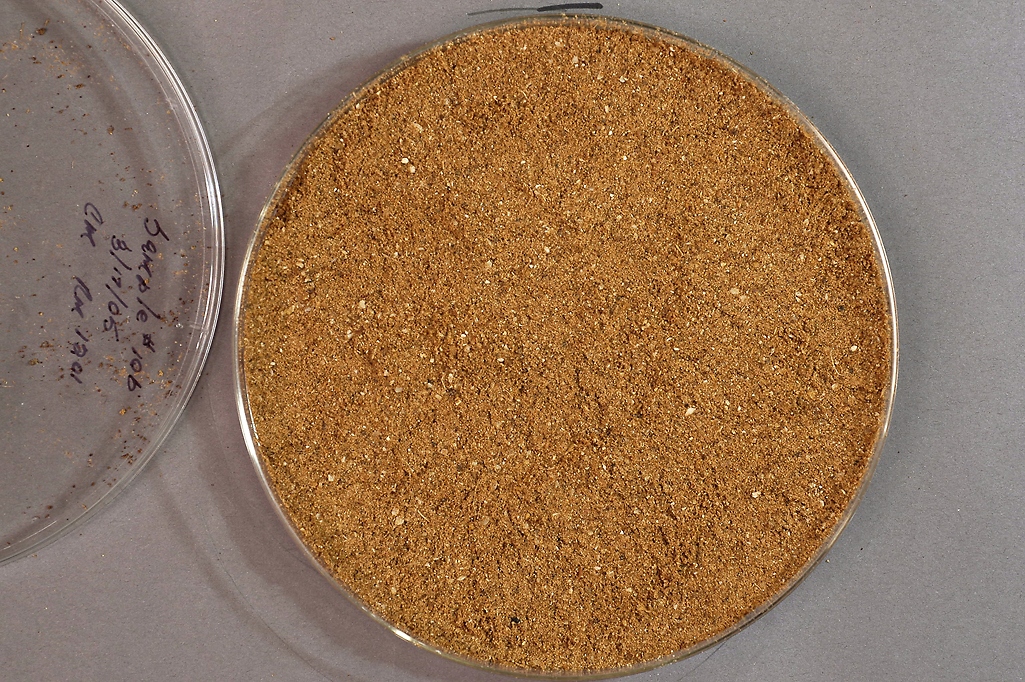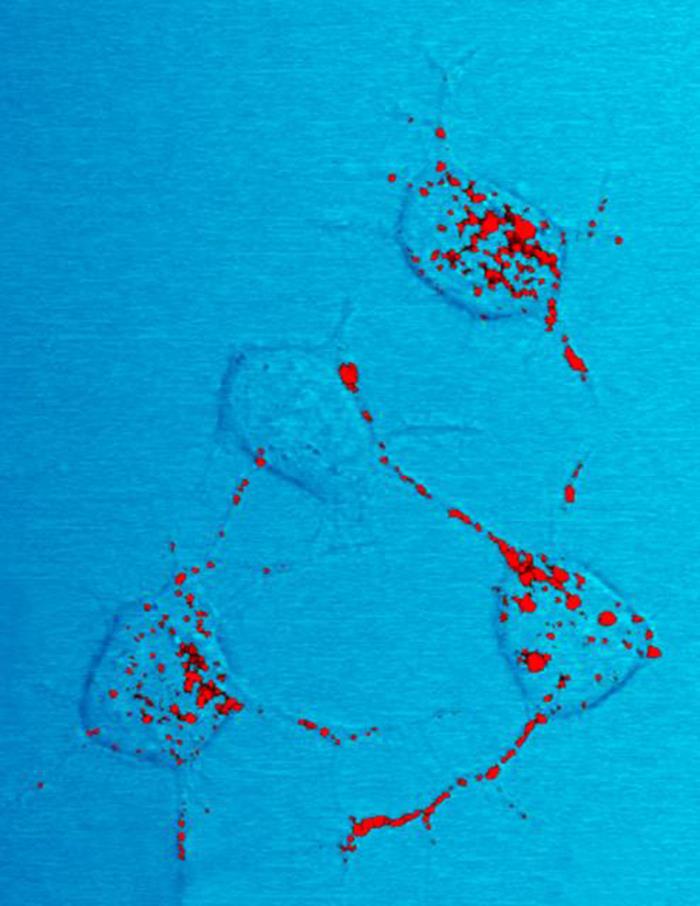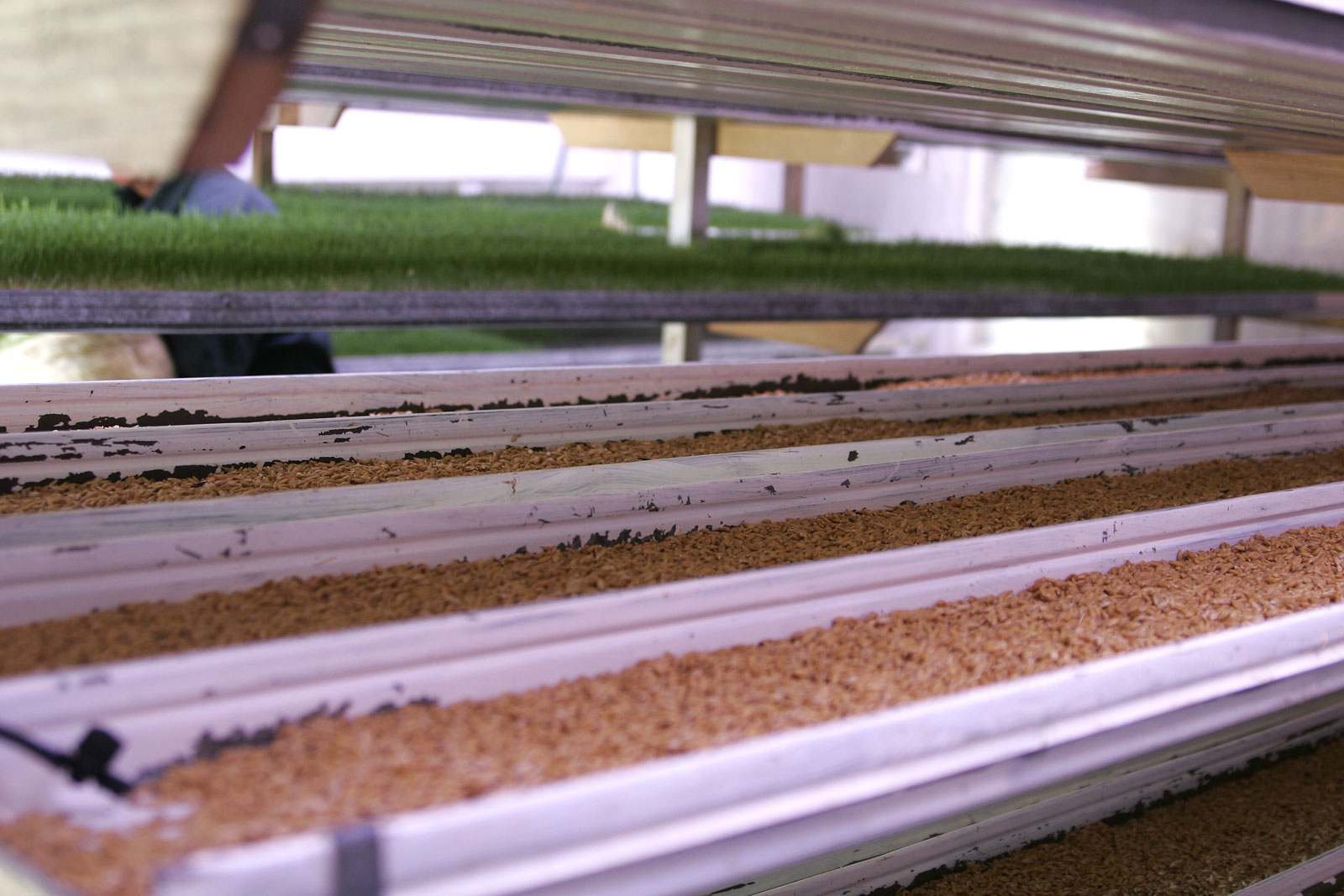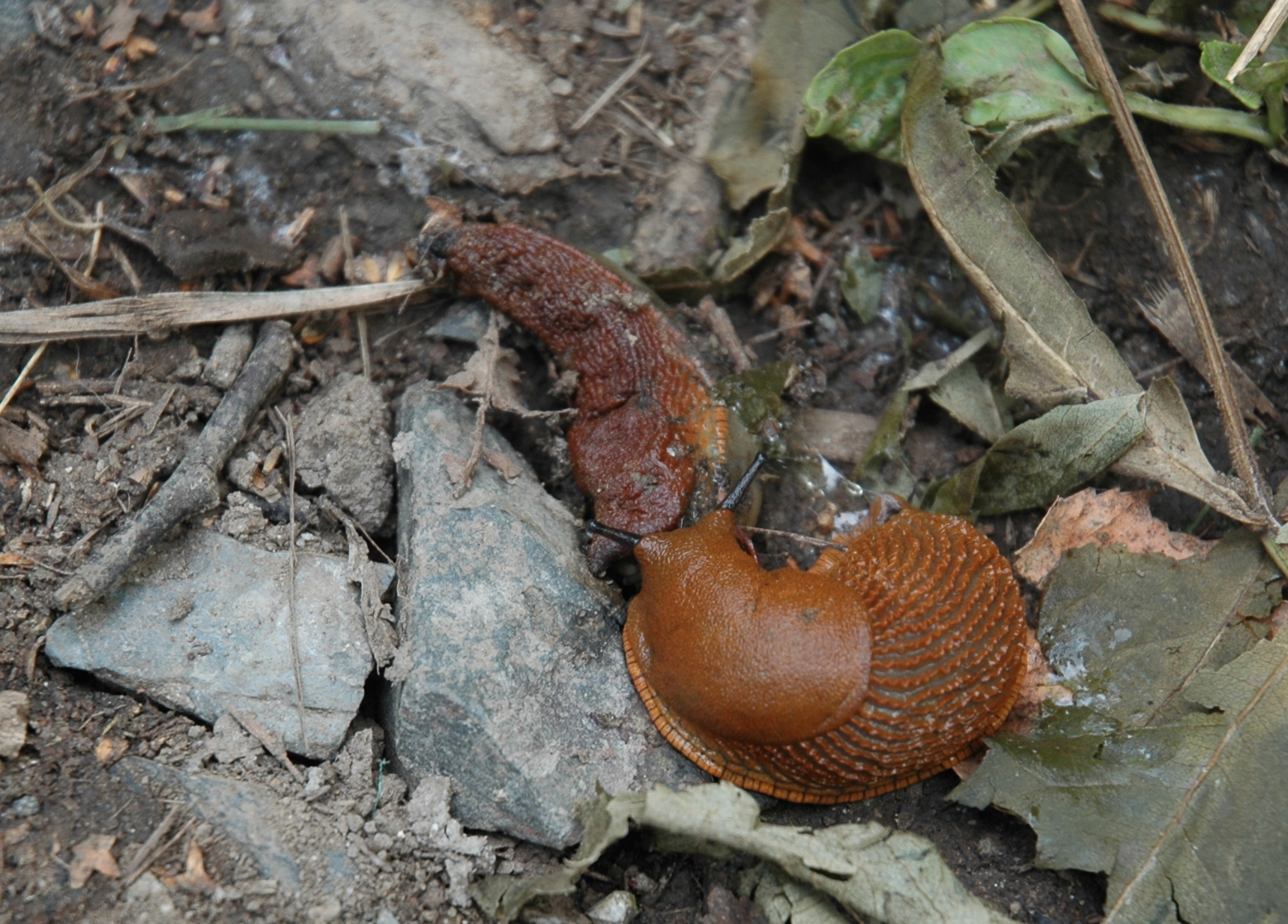|
Meat And Bone Meal
Meat and bone meal (MBM) is a product of the rendering industry. It is typically about 48–52% protein, 33–35% ash, 8–12% fat, and 4–7% water. It is primarily used in the formulation of animal feed to improve the amino acid profile of the feed. Feeding of MBM to cattle is thought to have been responsible for the spread of BSE (mad cow disease); therefore, in most parts of the world, MBM is no longer allowed in feed for ruminant animals. However, it is still used to feed monogastric animals. MBM is widely used in the United States as a low-cost animal protein in dog food and cat food. In Europe, some MBM is used as ingredients in pet food, but the majority is now used as a fossil-fuel replacement for energy generation, as a fuel in cement kilns, landfilling or incineration. History In the UK, after the 1987 discovery that BSE could cause vCJD, the original feed ban was introduced in 1988 to prevent ruminant protein being fed to ruminants. In addition, it has been ill ... [...More Info...] [...Related Items...] OR: [Wikipedia] [Google] [Baidu] |
Prions
A prion () is a misfolded protein that induces misfolding in normal variants of the same protein, leading to cellular death. Prions are responsible for prion diseases, known as transmissible spongiform encephalopathy (TSEs), which are fatal and transmissible neurodegenerative diseases affecting both humans and animals. These proteins can misfold sporadically, due to genetic mutations, or by exposure to an already misfolded protein, leading to an abnormal three-dimensional structure that can propagate misfolding in other proteins. The term ''prion'' comes from "proteinaceous infectious particle". Unlike other infectious agents such as viruses, bacteria, and fungi, prions do not contain nucleic acids (DNA or RNA). Prions are mainly twisted isoforms of the major prion protein (PrP), a naturally occurring protein with an uncertain function. They are the hypothesized cause of various TSEs, including scrapie in sheep, chronic wasting disease (CWD) in deer, bovine spongifor ... [...More Info...] [...Related Items...] OR: [Wikipedia] [Google] [Baidu] |
Specified Risk Material
Specified risk material (SRM) is any of various tissues of ruminant animals that cannot be inspected and passed for human food because scientists have determined that bovine spongiform encephalopathy ( BSE)-causing prions concentrate there, representing a biological food safety hazard to consumers. The term was referred to in the United Kingdom's Specified Risk Material Order 1997 ( S.I. 1997/2964), in the United States Department of Agriculture's, and in the Canadian Food Inspection Agency's regulatory response to the first confirmed U.S. BSE case in December 2003.CRS Report for Congress: Agriculture: A Glossary of Terms, Programs, and Laws, 2005 Edition - Order Code 97-905 BSE The BSE infective agent has been foun ...[...More Info...] [...Related Items...] OR: [Wikipedia] [Google] [Baidu] |
Health Risk Assessment
A health risk assessment (also referred to as a health risk appraisal and health & well-being assessment) is a questionnaire about a person's medical history, demographic characteristics and lifestyle. It is one of the most widely used screening tools in the field of health promotion and is often the first step in multi-component health promotion programs. Definition A health risk assessment (HRA) is a health questionnaire, used to provide individuals with an evaluation of their health risks and quality of life.Baker K, DeJoy D, and Wilson M. Using online health risk assessments, The Journal of Employee Assistance. April 2007. Commonly a HRA incorporates three key elementsan extended questionnaire, a risk calculation or score, and some form of feedback, i.e. face-to-face with a health advisor or an automatic online report. The Centers for Disease Control and Prevention define a HRA as: "a systematic approach to collecting information from individuals that identifies risk factors ... [...More Info...] [...Related Items...] OR: [Wikipedia] [Google] [Baidu] |
Animal By-products
An animal product is any material derived from the body of a non-human animal or their excretions. Examples are meat, fat, blood, milk, Eggs as food, eggs, honey, and lesser known products, such as isinglass, rennet, and Carminic acid, cochineal. The word animals includes all species in the Kingdom (biology), biological kingdom Animalia, except humans. This includes, for example, tetrapods, arthropods, and mollusks. Generally, products made from decomposed animals, such as petroleum, or crops grown in soil Fertilizer#Organic fertilizer, fertilized with animal remains or manure are not characterized as animal products. Products sourced from humans (e.g. breast milk) are not typically classified as animal products. Increased production and consumption over the past 50 years has led to widespread environmental and animal welfare impacts. These range from being linked to 80% of Deforestation of the Amazon rainforest, Amazonian deforestation to the welfare implications of using chi ... [...More Info...] [...Related Items...] OR: [Wikipedia] [Google] [Baidu] |
Feather Meal
Feather meal or Feather powder, is a byproduct of processing poultry; it is made from poultry feathers by partially grinding them under elevated heat and pressure, and then grinding and drying. Although total nitrogen levels are fairly high (up to 12%), the bioavailability of this nitrogen may be low if not hydrolyzed beforehand. Feather meal is used in formulated animal feed and in organic fertilizer. Worldwide, approximately 50 billion chickens were used for human consumption in 2014. The feather from poultry slaughtering is traditionally treated as waste, with carbon emissions associated with its disposal. Reusing feather meal produces extra value while reducing carbon emissions. Animal feed When used as animal feed, the indigestible keratin must be broken down (partially hydrolyzed) to become digestible for animals. One process for doing this is called rendering: steam pressure cookers with temperatures over are used to "cook" and sterilize the feathers. It is then dried, ... [...More Info...] [...Related Items...] OR: [Wikipedia] [Google] [Baidu] |
Tallow
Tallow is a rendered form of beef or mutton suet, primarily made up of triglycerides. In industry, tallow is not strictly defined as beef or mutton suet. In this context, tallow is animal fat that conforms to certain technical criteria, including its melting point. Commercial tallow commonly contains fat derived from other animals, such as lard from pigs, or even from plant sources. The solid material remaining after rendering is called cracklings, greaves, or graves. It has been used mostly for animal food, such as dog food. In the soap industry and among soap-making hobbyists, the name tallowate is used informally to refer to soaps made from tallow. Sodium tallowate, for example, is obtained by reacting tallow with sodium hydroxide (lye, caustic soda) or sodium carbonate (washing soda). It consists chiefly of a variable mixture of sodium salts of fatty acids, such as oleic and palmitic.Ruth Winter (2007): ''A Consumerýs Dictionary of Household, Yard and Office ... [...More Info...] [...Related Items...] OR: [Wikipedia] [Google] [Baidu] |
Livestock Feed
Fodder (), also called provender (), is any agriculture, agricultural foodstuff used specifically to feed domesticated livestock, such as cattle, domestic rabbit, rabbits, sheep, horses, chickens and pigs. "Fodder" refers particularly to food given to the animals (including plants cut and carried to them), rather than that which they forage for themselves (called forage). Fodder includes hay, straw, silage, compressed and Compound feed, pelleted feeds, oils and mixed rations, and sprouting, sprouted grains and legumes (such as bean sprouts, fresh malt, or brewing#Brewer's spent grain, spent malt). Most animal feed is from plants, but some manufacturers add ingredients to processed feeds that are of animal origin. The worldwide animal feed trade produced 1.245 billion tons of compound feed in 2022 according to an estimate by the International Feed Industry Federation, with an annual growth rate of about 2%. The use of agricultural land to grow feed rather than human food can be ... [...More Info...] [...Related Items...] OR: [Wikipedia] [Google] [Baidu] |
Cannibalism
Cannibalism is the act of consuming another individual of the same species as food. Cannibalism is a common ecological interaction in the animal kingdom and has been recorded in more than 1,500 species. Human cannibalism is also well documented, both in ancient and in recent times. The rate of cannibalism increases in nutritionally poor environments as individuals turn to members of their own species as an additional food source.Elgar, M.A. & Crespi, B.J. (1992) ''Cannibalism: ecology and evolution among diverse taxa'', Oxford University Press, Oxford ngland New York. Cannibalism regulates population numbers, whereby resources such as food, shelter and territory become more readily available with the decrease of potential competition. Although it may benefit the individual, it has been shown that the presence of cannibalism decreases the expected survival rate of the whole population and increases the risk of consuming a relative. Other negative effects may include the increa ... [...More Info...] [...Related Items...] OR: [Wikipedia] [Google] [Baidu] |
Co-op Food
Co-op is a UK supermarket chain and the brand used for the food retail business of The Co-operative Group, one of the world's largest consumer co-operatives. As the UK's fifth largest food retailer, Co-op operates nearly 2,400 food stores. It also supplies products to over 6,000 other stores, including those run by independent co-operative societies, through its wholesale business, Co-op Wholesale. Co-op is owned by millions of UK consumers and employs 56,000 people, with an annual turnover of more than £11 billion. The organisation is known for its involvement in social and community programmes. Before reintroducing the Co-op brand in 2016, the group used "The Co-operative brand, The Co-operative" branding, which some consumers' co-operative societies in the UK continue to use, while others have adopted their own branding. In 2024, Co-op introduced a new brand platform, "Owned by You. Right By You." This was developed in response to findings that over 50% of consumers did ... [...More Info...] [...Related Items...] OR: [Wikipedia] [Google] [Baidu] |





